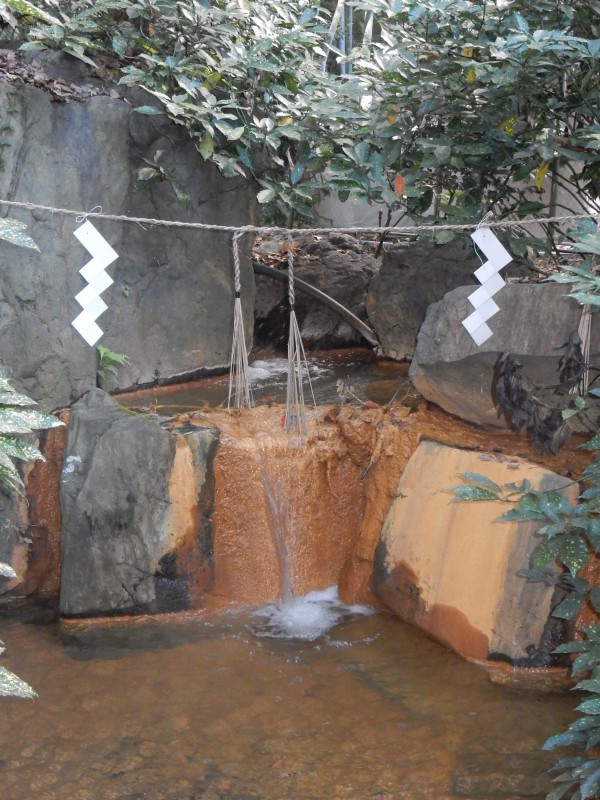
The Dutch academic, Aike Rots, is a world authority on the greenness of Shinto, so it’s worth paying close attention when he posts an article entitled ‘Does Shinto Offer a Viable Model for Environmental Sustainability?’.
In a carefully constructed survey of the pros and cons, he comes to much the same conclusion as suggested by previous articles in this blog, namely that while there is a lot of ‘green-washing’ there remains the potential for genuine commitment in future.
Over the centuries ‘Shinto’ has radically changed in composition, and what shape it will take in the coming years remains uncertain. It is possible to identify different forces at play. Inside Japan nationalism overshadows nature worship, whereas outside Japan animism has eclipsed ancestral ties. Which will prove more persuasive is still to be decided.
The following extract is taken from a much longer piece by Rots which can be found here. It is the text of his PhD trial lecture, which he gave on February 27, 2014, at the University of Oslo. Please note that the paragraphing has been altered and is not that of the original (all photos by John Dougill).
***************
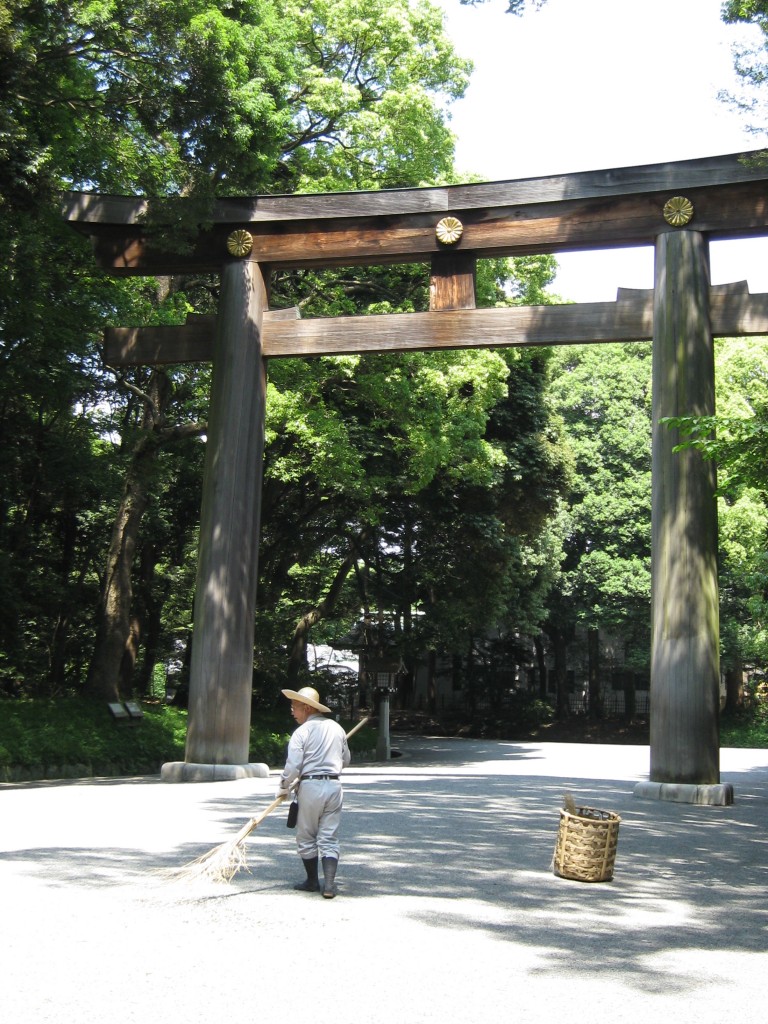
Does Shinto Offer a Viable Model for Environmental Sustainability?
I have to apologise: my answer to this lecture ’s main question is neither a wholehearted ‘yes’, nor an absolute ‘no’. Shinto may not offer a complete ‘model’ for environmental sustainability – not yet. Yet within this social field that we call ‘Shinto’, there are certain ideas and practices, which may not have been fully developed yet, but which possibly contain the seeds for such a model.
The Shinto environmentalist movement is growing up, and some of the criticisms which I have discussed today are taken seriously by actors within this movement. For instance, there is one very promising development, which has really only happened in the last two or three years, as a result of Japan’s nuclear crisis. That is, some shrine priests have interpreted the shrine grove’s role as ‘community centre’ in a whole new way, using it as a place where renewable energy is produced for the neighbourhood or village. For instance, two years ago, I read a short article in the Shinto weekly newspaper about a shrine in Hokkaido devoted to the sun goddess Amaterasu. This shrine had placed solar panels on its roof in order to get electricity from the sun. The head priest said that Amaterasu gives us her light, is a life-giving goddess – so why not use this divine gift to produce sustainable electricity? And he is not the only one: I have heard of some other cases like this.
There is one scientist in particular who is actively involved with the chinju no mori preservation movement, and he has spread this idea of shrines as community centres both socially and in terms of the local production and distribution of renewable energy (Hiroi 2011; 2012). This is very recent, so I am not sure to what extent his ideas will materialise – but I think it is quite an interesting development.
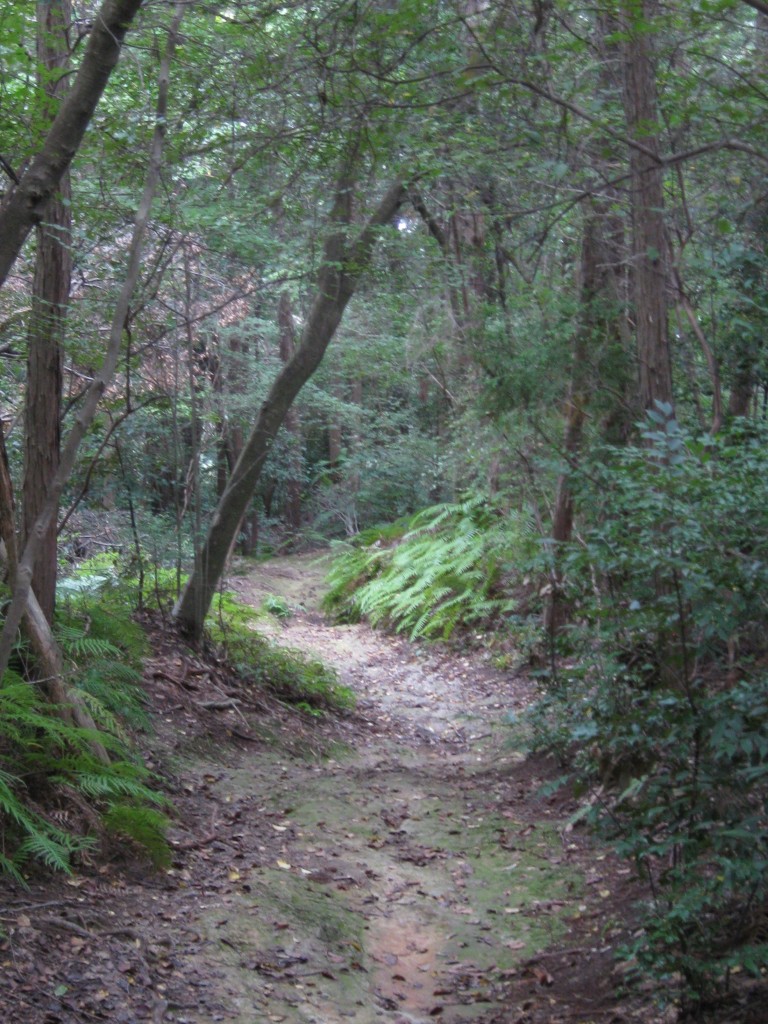
Conclusion: the story of a thousand-year forest
I would like to conclude this lecture optimistically, by telling you a story. It is not a model , but it may be considered an interesting example nonetheless. This is the story of Mr. Sakurai Takashi, who is the priest of a fairly small rural shrine called Gosho Komataki Jinja. It is located on the north side of Mount Tsukuba in Ibaraki prefecture, about two to three hours north of Tokyo. This is an old shrine: this year, they celebrated their one thousandth anniversary. It has some old, pretty wooden buildings; some small sub-shrines for different deities; it has graves on the shrine precincts, which is fairly uncommon as these are usually near Buddhist temples; and it is surrounded by lush, abundant green forest, moss, ferns, and a small stream.
Near the forest is a rice paddy. What is also quite interesting is that there are several stone statues around the shrine, some small, some big. The area is known for its stone craft; one local stonemason has donated a small wooden statue that immediately reminds one of a creature from a Miyazaki movie. It is quite a magical place. But it was not always like this. When Sakurai become shrine priest, in the 1970s, the shrine was surrounded mainly by pine trees, many of which died because of pollution. Sakurai believed that the forest is the dwelling place of the deities, and he started studying forest management. Meanwhile, he also worked at the nearby rice paddy. He came to realise that, ecologically speaking, the rice paddy and the forest are interconnected; together, they are part of a larger ecosystem, as well as a single hybrid nature-culture landscape. Sakurai then developed several activities for forest replanting and conservation, rice cultivation, and nature education, in which local volunteers and school children participated. In 1991, he founded the Sennen no Mori no Kai: the ‘thousand -year forest association’.
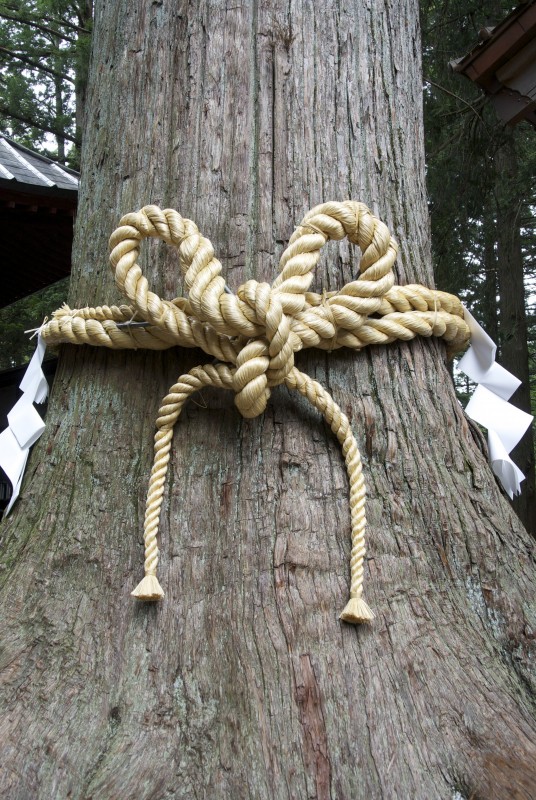
Sakurai told me that twenty, thirty years ago, his activities were frowned upon by other priests. Shrine priests should perform rituals and ceremonies instead of going out into the forest for pruning and weeding, or so they argued. They even called him ‘a communist’ – which is not a compliment in those circles. But things have changed. In 1997, Sakurai took part in a large international conference on ‘Shinto and Ecology’ at Harvard University – together with some famous Japanese and foreign scholars (and, interestingly, Tanaka Tsunekiyo, who is the current president of Jinja Honchō ). Since that time, Sakurai’s activities have received positive feedback in Japan, and people started seeing him as a pioneer. He gives lectures, he sometimes appears on TV, and young shrine priests look at him as an example. According to Sakurai, there has been an important shift in the shrine world, as young priests are increasingly aware of, and concerned with, environmental issues. He applauds this development.
There are three things that make the Sennen no Mori no Kai different from activities employed by other shrines. First, Sakurai actually appears to be knowledgeable when it comes to forest ecology, and knows what sort of things do and do not work; he is not only interested in the shrine forest as a symbol , but as a living ecosystem . Most other older shrine priests simply do not have such knowledge. Importantly, Sakurai also shares this knowledge with children who come to participate in the activities of the Sennen no Mori no Kai.
Second, unlike most other shrine priests, Sakurai is fully aware of the fact that his shrine forest is part of, and dependent upon, a much larger ecosystem – including the rice paddy, the mountain, the houses and their gardens, and the surrounding fields. He criticises other projects for being too local, for only focusing on the trees surrounding the shrine; by contrast, he tries to contribute to the preservation of the forest as part of a wider landscape.
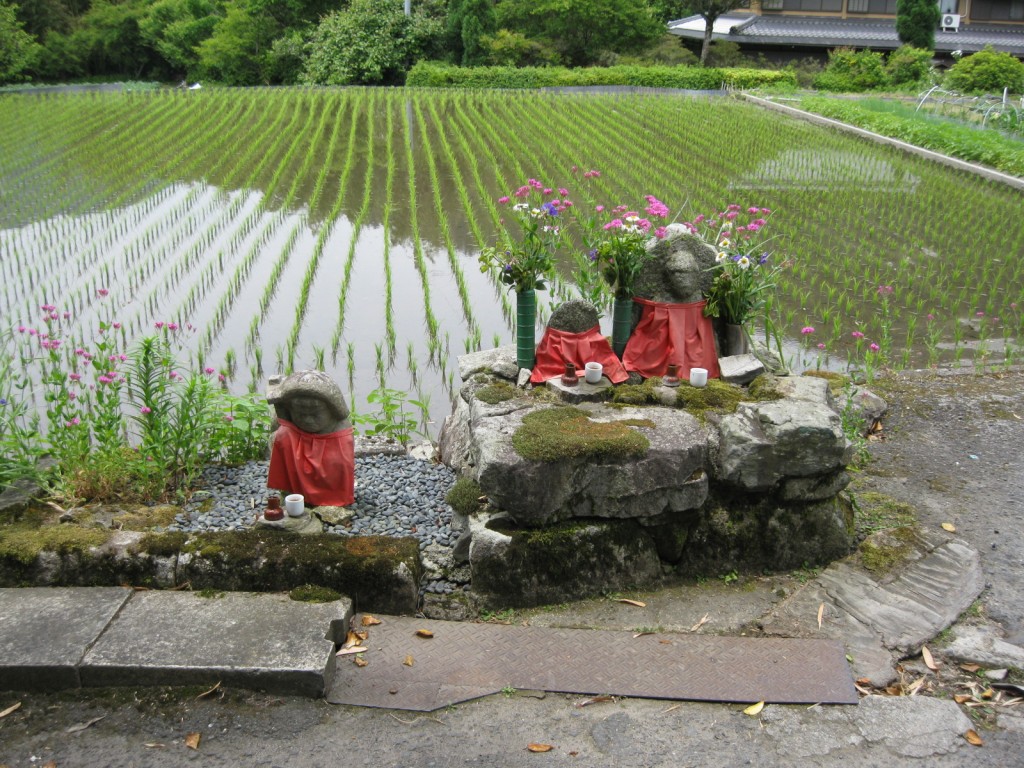
And third, interestingly, contrary to many of his colleagues he actually does have a very holistic approach – not in an abstract, philosophical sense, but by displaying something that we might call place-based practical holism: practical knowledge of the interconnectedness of environmental, social, economic and religious problems at a particular locality. For example, he talks about environmental degradation, growing unemployment, a lack of social cohesion and cultural activities, rural depopulation and, significantly, a lack of reverence for and faith in the local gods of the forest – and he sees them in their mutual interaction. This may actually be something that we, scholars specialised in our own narrow fields with our own fragmented knowledge, can learn from.
So, is the Sennen no Mori no Kai representative of Shinto shrines in general? Most certainly not. Not yet, at least. But who knows, this may be one of those best practices that will be followed by others, and that serves as the basis for a future model – a model for environmental sustainability, informed and inspired by Shinto. It may not have fully developed yet, but the seeds have been sown.
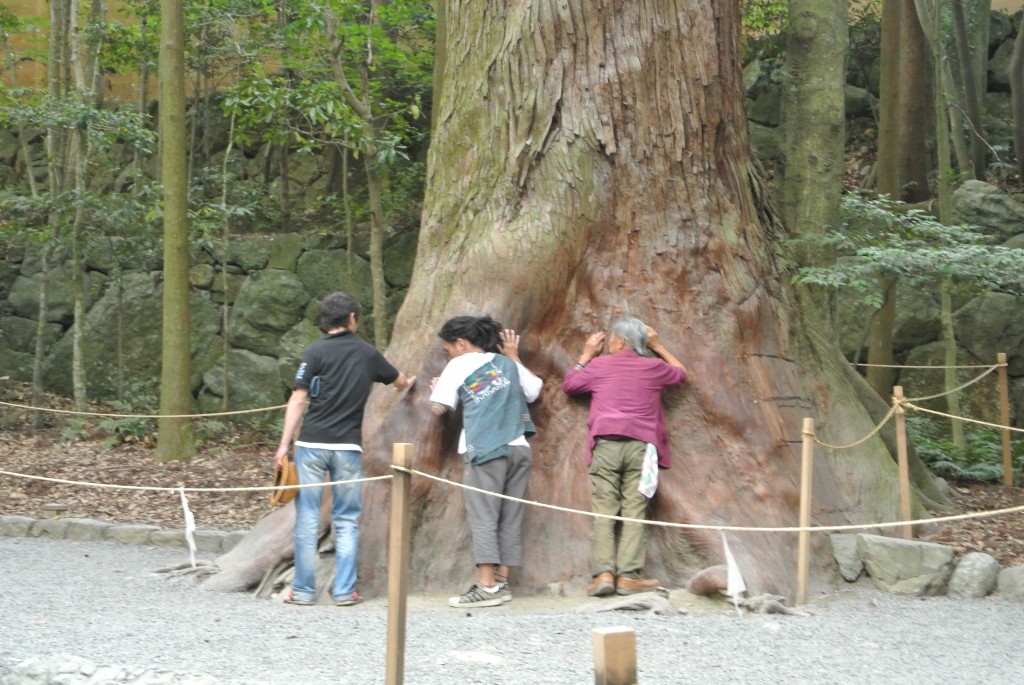

Leave a Reply